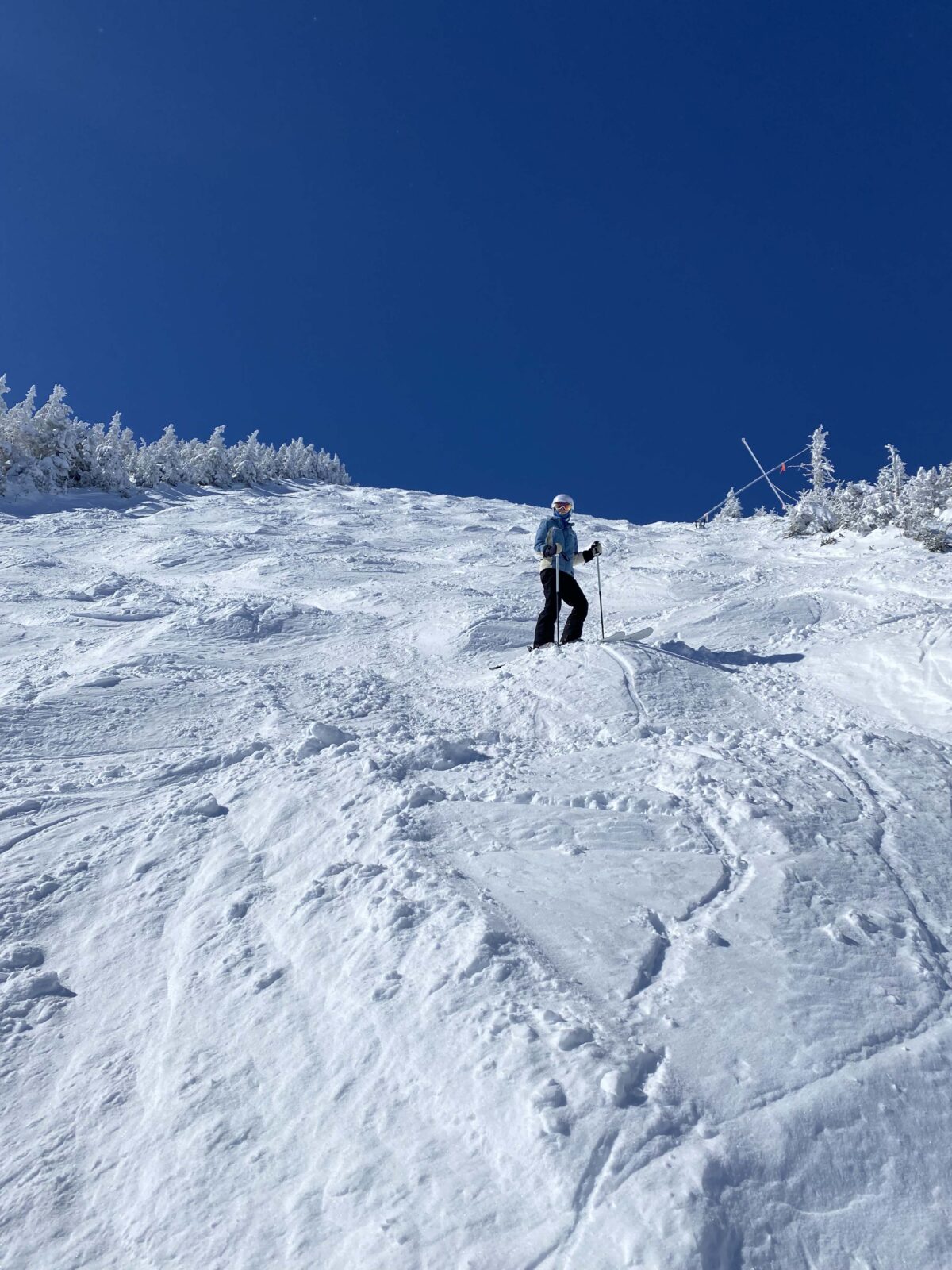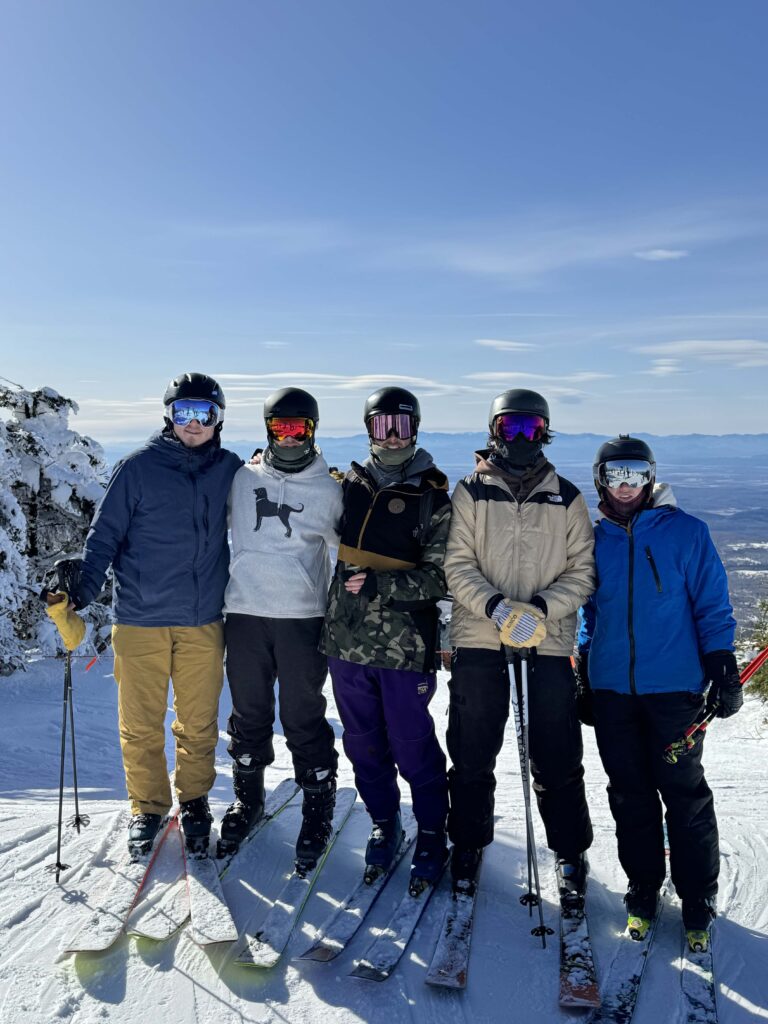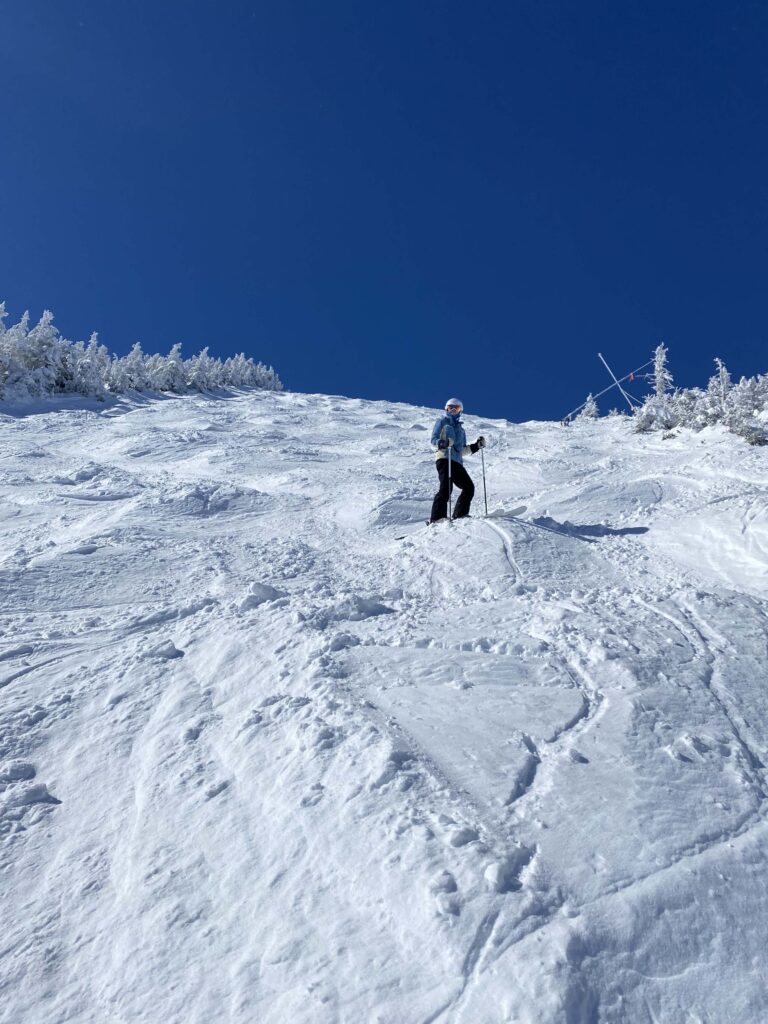
Balancing growth and community
Kate Oxley | Staff Writer | koxley@mail.smcvt.edu
Since Alterra Mountain Company acquired Sugarbush Resort in 2020, absorbing it into the IKON Pass, a season pass offered by a conglomerate of ski resorts, it has undergone major changes, including essential lift maintenance and base lodge upgrades.
Alterra’s acquisition brought important new resources to the Mad River Valley resort just as the COVID-19 pandemic created unprecedented challenges for ski resorts nationwide.
John Bleh, public relations manager at Sugarbush Resort and employee for more than a decade, said the financial security Alterra provided was a “huge security blanket,” enabling the resort to weather the pandemic.
“COVID took a financial toll on all ski areas,” said Bleh, “but Alterra’s support allowed us to maintain staffing levels and continue making capital improvements.”

Skiers have noted the benefits of Alterra’s investment. Jack Polachek, ‘25, a Sugarbush Resort season pass holder, said he appreciates the resort’s variety of trails and terrain.
“They kind of offer everything,” said Polachek. “The groomers are great, the mogul terrain is challenging, and the woods have some amazing powder fields.”
For him, the affordable St. Michael’s College pass allows him to ski expansive terrain that rivals larger resorts. “I can show up…like a Thursday morning and skip all my classes…I can go ski fresh tracks in the woods all morning,” said Polacheck.
The introduction of the Ikon Pass has increased Sugarbush Resort’s accessibility, bringing a new influx of visitors.
While this has been positive for the business, the higher foot traffic has left some long-time locals saying they feel a loss of the close-knit community vibe they once knew.
Local resident Julie Westervelt, who has lived in the area since 2012, said, “The previous owner, Win Smith, really focused on building a community here. He was passionate about keeping Sugarbush a homey, family-friendly mountain.”
According to Westervelt, under Smith, Sugarbush Resort cultivated a sense of belonging and local identity, largely due to his strong connections within the Mad River Valley.
“A little of that sense of community got lost in the shuffle [under Alterra’s management],” Westervelt said.
Westervelt referenced the departure of John Egan, a local extreme skier, and beloved Sugarbush Resort personality, as an example of how corporate decisions can impact community ties.

“Egan was like a mascot for Sugarbush—someone locals and visitors alike connected with,” Westervelt said, adding Alterra letting him go felt like a small loss for the mountain’s character.
In new efforts to preserve the community, Sugarbush Resort has engaged in philanthropic initiatives aimed at building community bonds.
Most recently, they launched a challenge for the community to collectively ski one billion vertical feet, pledging a $50,000 donation to NFI, a Vermont local mental health organization, if the goal is met.
“We want to bring the Sugarbush community together to enhance that sense of belonging,” said Bleh.
An ongoing issue for the local community has been the impact of Sugarbush’s success on the housing market.
“A lot of the people who ski here are pass holders with second homes,” said Westervelt. “There’s not a lot of hotel options, so people who come to Sugarbush either make day trips or have a place here.”
According to Bleh, the housing market shift has affected local businesses’ ability to staff effectively, as potential employees struggle to find affordable housing close to their workplaces.
Westervelt endorses the community’s iconic saying, “Come for the mountains, stay for the valley.”
“As long as we can keep that sense of community alive,” said Westervelt, “Sugarbush will always be a special place.”

